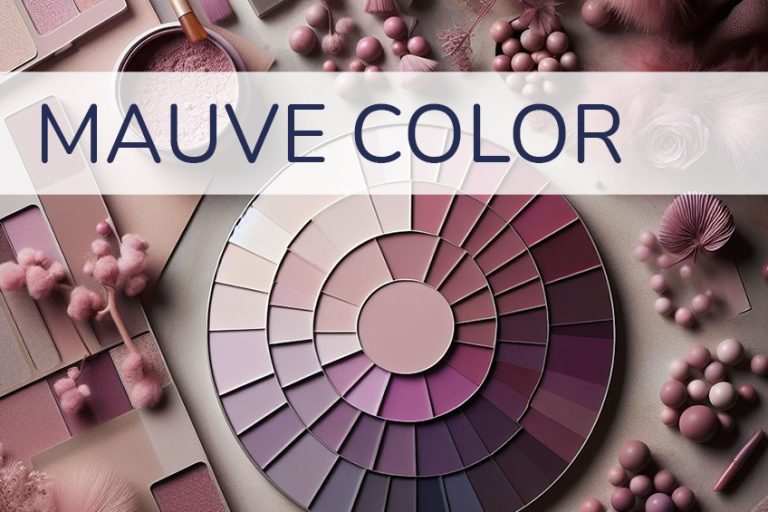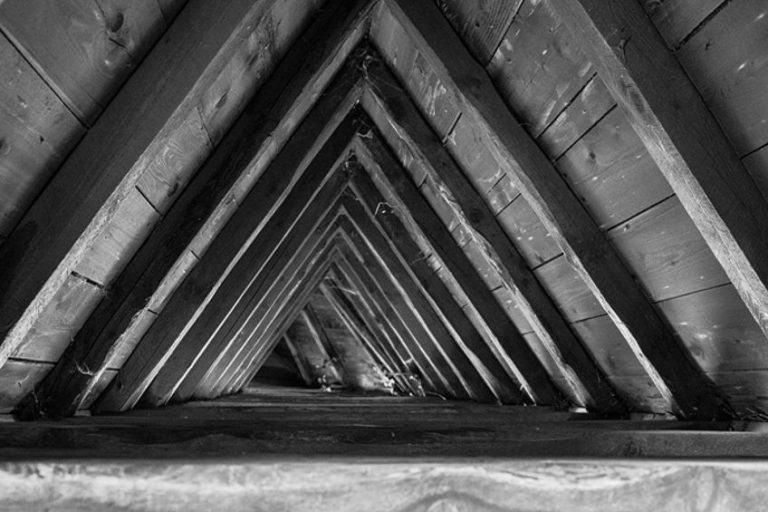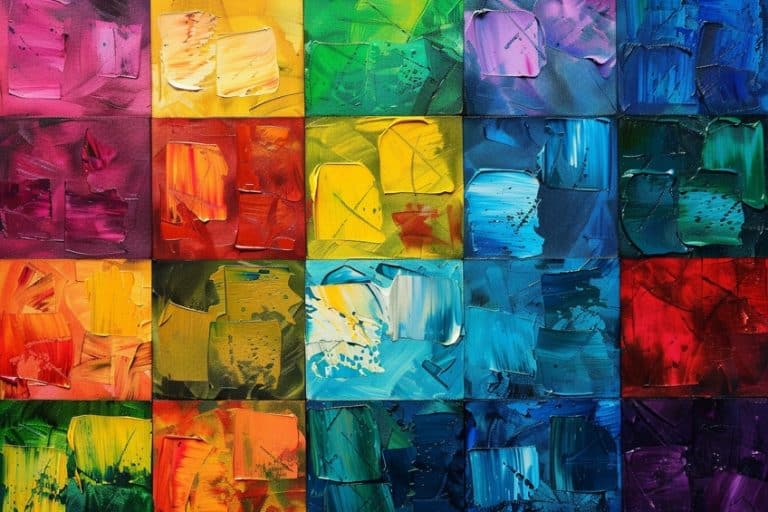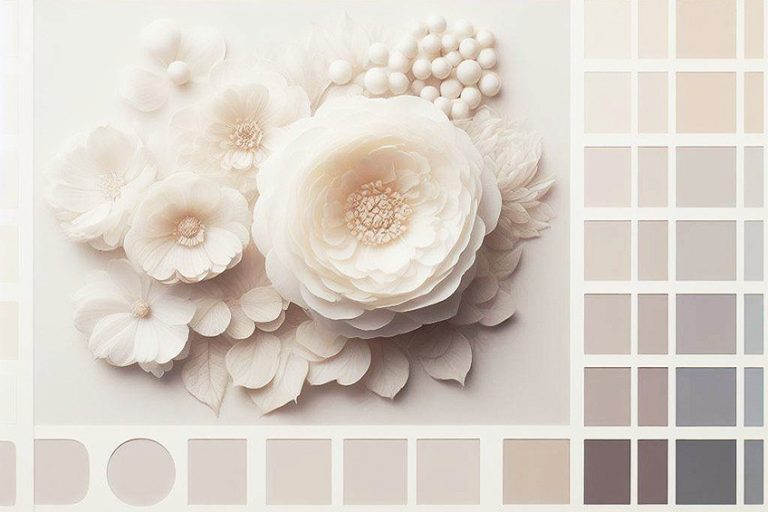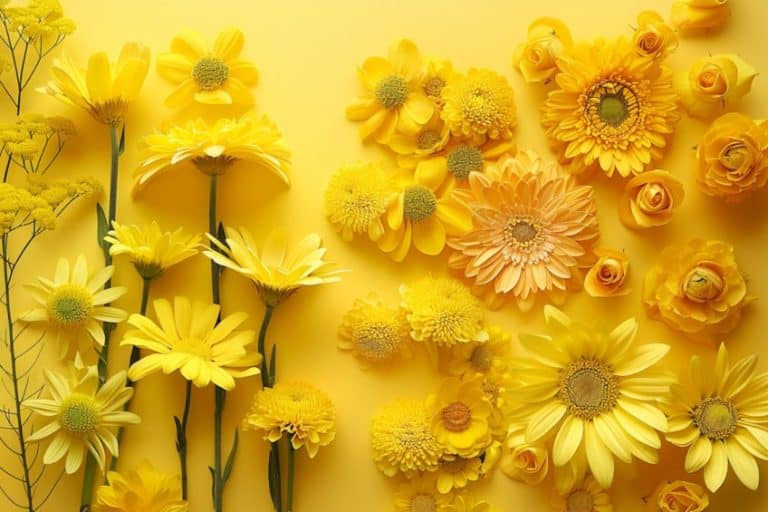What Color Does Red and Blue Make? – Color Mixing Guide
When it comes to colors and mixing them, the course of action might not be as easy as you think. There are certain things you need to think through if you are looking to mix the perfect color. For example, what color does red and blue make? Is it the same color when mixing paints as it is when creating a webpage? Let us see if we can make a bit more sense of these questions as we find out more about the combination of red and blue.
What Color Does Red and Blue Make?
In general, mixing red and blue makes purplec color. It depends on the blue and red shades you are using, which we will have a look a bit later.

What Color Does Red and Blue Make With Light?
It is amazing how many colors we can see, which is possible when the light reflects off surfaces and reaches our eyes. Every color has differing wavelengths, which is then seen as a particular color. What are known as cones and rods in our eyes are what help us see these colors. The combination of red and blue light results in the color magenta.
Light is energy and falls into the category of electromagnetic radiation. Now there are various forms of electromagnetic radiation from ultraviolet rays, infrared, and radio waves to X-rays and microwaves. Each of these has a different wavelength and somewhere in the middle of all of this, you will find visible light.
The visible light spectrum is but a small section, however, there are still many different wavelengths involved. On the one end of the light spectrum, you have the color red, which has the longest wavelength, while violet or blue has the shortest and sits on the opposite end. Colors in the middle, are generally seen as green.
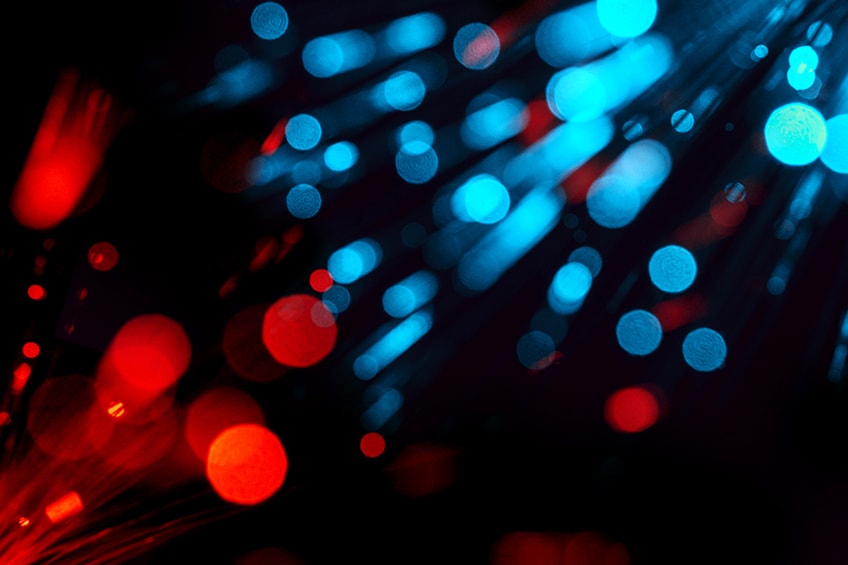
Therefore, the primary colors for light are red, blue, and then green. Maybe you have seen the RGB color codes used when designing computer graphics, also known as an additive color model. All other colors are mixtures of these colors. So, your secondary colors will be yellow, cyan, and magenta. This is how red, and blue makes magenta, which you can say is more of a shade of purple.
By combining all the colors within the light spectrum, you will produce white light. Objects and surfaces appear as certain colors because of how the colors are reflected and absorbed. For example, a red stop sign reflects the red light and absorbs the green and blue light.
How Does Blue and Red Work With Paint Pigments?
As we have learned, light is a combination of colors and objects reflect and absorb these colors. So, when you are looking at a certain paint color, the color comes from certain wavelengths that are reflected, while other wavelengths are absorbed. This whole process is known as subtractive coloring and is how dyes and pigments are made.

At school, most of us were taught the basics of mixing paint colors. We learned that there are primary and secondary hues. For example, blue, red, and yellow, which cannot be created are primary colors, while mixing these create purple, orange, and green, and are the secondary colors. From there you can create the many shades and tints of all the colors in between. This is also called an RYB (red, yellow, blue) color system.
So, what colors do red and blue make? As we have mentioned, red and blue form part of the primary colors, so a combination of red and blue will give you the secondary color of purple. This is a simple explanation; however, things do not always work out as intended.
Why Blending Blue and Red Does Not Always Make Purple
Different paints are made by different manufacturers, and they each have their own formulas. This means there are many variations of blue and red out there. When used, some might create the best purple color, while others produce a dull or unexpectedly ugly color.
This is why checking out the paint ingredients is always important, to make sure the colors are pure. Some blue and red paints may contain a tiny amount of yellow. Since, according to color theory, yellow and purple are complementary colors, the resultant color will be a brownish, muddy color.
Even if it is only a small amount of yellow, it can affect the outcome, which can sometimes be unexpected. Although, you can experiment with different blue and red paints, to observe the different purple colors you can get. Another reason for not always making purple can also depend on the medium you are using. Purple can vary when using watercolors, acrylic paints, and oil paints.

What color paints can you use? Not only are there slight variations in similar colors from different manufacturers, but you also get different types of blue or red. For example, ultramarine blue or cerulean blue, and alizarin crimson or permanent rose.
Ultramarine blue and alizarin crimson can work, as the shade of red already has a blue undertone and is a cool dark shade of red. Mixing these two paints will produce a deep purple color. You can try a brighter violet color like permanent rose and mix it with cerulean blue to produce more of a violet color. You should take some time to experiment with a few different paints to see all the possibilities available.
Red and Blue in Interior Design
In a living room, incorporating red can infuse the space with a sense of warmth and vibrancy, making it feel lively and inviting. Meanwhile, blue tones can create a soothing and calm atmosphere, offering a tranquil retreat from the hustle and bustle of daily life.
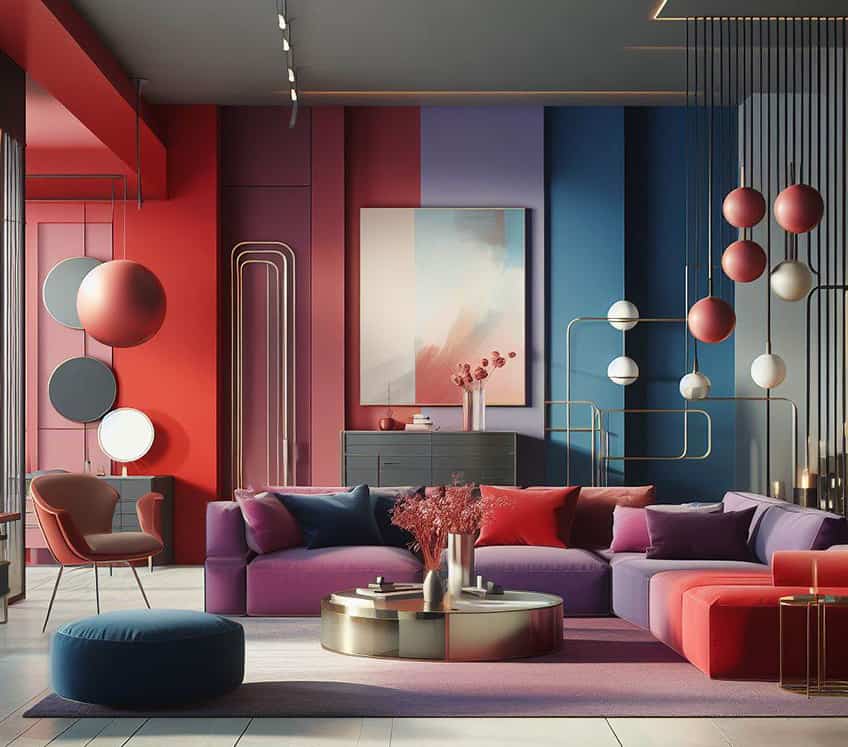
Red and Blue in Fashion
In fashion, red often symbolizes confidence and boldness, making a striking statement in any outfit through its vibrant and energizing hue. Blue, on the other hand, is versatile and universally flattering, exuding a sense of calmness and stability, and is often used to create looks that are both sophisticated and approachable.

Purple: The Combination of Red and Blue
Whether you are an artist or designer, it is advantageous to discover and learn more about the colors you are dealing with. All colors have meaning, and this can play a pivotal role in your art and designs. When it comes to the combination of red and blue, we have learned it can make purple. The color combines the qualities of both red and blue, red being more stimulating, while blue is more relaxing. Purple is closely linked to spirituality and imagination, and is often associated with royalty, luxury, creativity, and mystery.

When looking at purple, the color is supposed to encourage and inspire, as well as enlighten us about who we are. Lighter shades of purple can also be associated with romance and nostalgia. However, overuse of the color or darker shades can bring on sadness or frustration and is associated with immaturity and being overly emotional. Purple is a wonderful and exquisite color, which you can use to your advantage.
Different Shades of Purple
As with most colors, you can have many different shades and tints, and colors that are similar. For example, take violet and indigo. However, these are not the same color as purple. When dealing with the color wheel, purple is often referred to as violet.

Purple vs. Violet
Purple and violet are often referred to as being the same color in different texts and countries, which can create some confusion. Violet is the color that is at the lowest end of the light spectrum, which means it has the shortest wavelength. In the table below, you will notice that violet appears to contain more blue with the RGB color model, while purple has equal amounts of red and blue.
The CMYK color system comes into play when printing and involves an amount of ink, which is used to create a color. The colors you usually get for this are cyan, magenta, yellow, and black. This is also recognized as a subtractive color system. As you can see in the table for violet, you have a blend of cyan and magenta, with a lot more magenta than cyan.
When violet is mixed with paint, it is a mixture of blue and red pigments, and the color can be found somewhere between purple and blue on the color wheel. An example of paint pigment to make violet includes a 2:1 ratio of quinacridone magenta and ultramarine blue. You can then add a little titanium white to change the color value.
| Purple Shade | Hex Code | CMYK Color Code | RGB Color Code | Purple Color |
| Purple | #800080 | 0, 100, 0, 50 | 128, 0, 128 | |
| Violet | #8000ff | 50, 100, 0, 0 | 128, 0, 255 |

Purple vs. Indigo
Indigo can be described as being another shade of purple that contains a little more blue than red. As you can see, it is a deeper color than violet, or it can also be described as a dark violet. Violet and indigo are part of the visible light spectrum, unlike purple. They are also a part of the seven colors of the rainbow, indigo being situated between blue and violet. However, some sources differ in the position of indigo within the light spectrum.
When mixing indigo paint, you can try using a light blue or something like ultramarine blue. You can then add some red to achieve an indigo color. You might have to experiment with proportions and types of paint to find the best combination. Indigo is often used in painting to help with creating landscapes or night skies.
| Purple Shade | Hex Code | CMYK Color Code | RGB Color Code | Purple Color |
| Purple | #800080 | 0, 100, 0, 50 | 128, 0, 128 | |
| Indigo | #4b0082 | 42, 100, 0, 49 | 75, 0, 130 |
More Shades of Purple
The color purple has a long history from ancient times through to the present time. Today there are many variations of the color purple, especially when it comes to graphic designs. If you are not a graphic designer, many online tools can help you find specific colors, and they will also adjust these colors to suit your needs. Below are just a few shades of purple, with their names and color codes, showing how much red and blue or cyan and magenta are used.
| Purple Shade | Hex Code | CMYK Color Code | RGB Color Code | Purple Color |
| Purple | #800080 | 0, 100, 0, 50 | 128, 0, 128 | |
| Byzantium | #702963 | 0, 63, 12, 56 | 112, 41, 99 | |
| Mauve | #e0b0ff | 12, 31, 0, 0 | 224, 176, 255 | |
| Mulberry | #c54b8c | 0, 62, 29, 23 | 197, 75, 140 | |
| Orchid | #da70d6 | 0, 49, 2, 15 | 218, 112, 214 |

Mixing Different Shades of Purple Paint
Just like you get shades of purple on the computer, you can also create a variety of purple shades with paint. Remember that you can get many different types of the same color, so again, always read the ingredients on the tubes of paint, and experiment with some to see what happens. When blending colors and you want to go lighter or darker, it is also known as shades and tints.
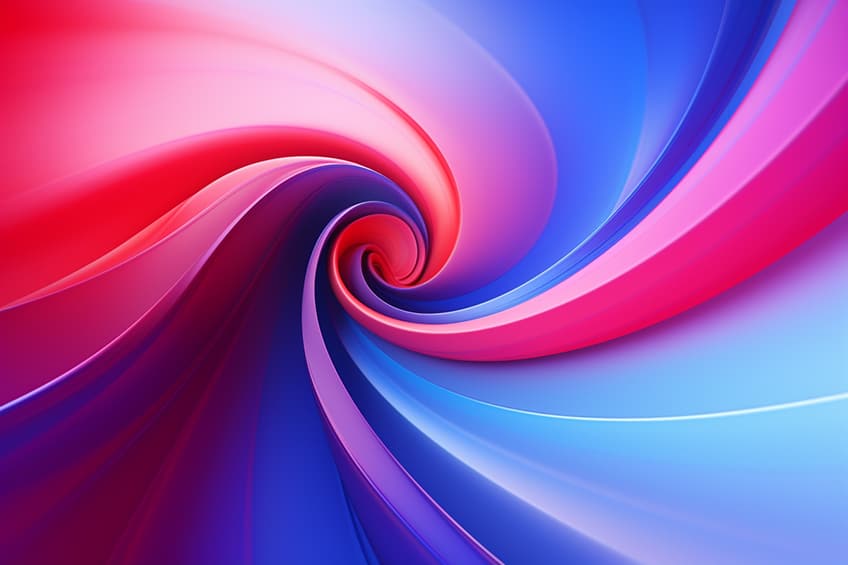
Shades of Color
To make a color darker, many add small amounts of black paint. However, this does always work as black tends to easily overpower the color. When it comes to making purple darker, rather try adding more blue paint. Depending on what blue you used, instead of black, you could also try a darker blue, such as navy blue to darken the purple. To find out what works better, you can experiment and create your own color chart. To deepen a purple color and make it warmer, try adding more red paint.
Tints of color
Tints are opposite to shades, meaning that paint colors become lighter and not darker. To do this, you can simply add small amounts of white to the purple. You can also tone down or create a less vibrant purple by adding yellow, its complementary color. Just make sure it small amounts as you will land up with a muddy color if you use too much.
Complementary colors can be determined by looking at a color wheel. You will notice that purple and yellow are positioned directly opposite each other. When placed alongside one another, the colors stand out. However, if you mix these two paint colors, they cancel each other out and create a brownish color.

Conclusion
As you can see, a combination of red and blue is a little different when considering light and pigments. Be it purple, magenta, or violet, all shades of purple are ideal for helping to promote creativity and imagination.
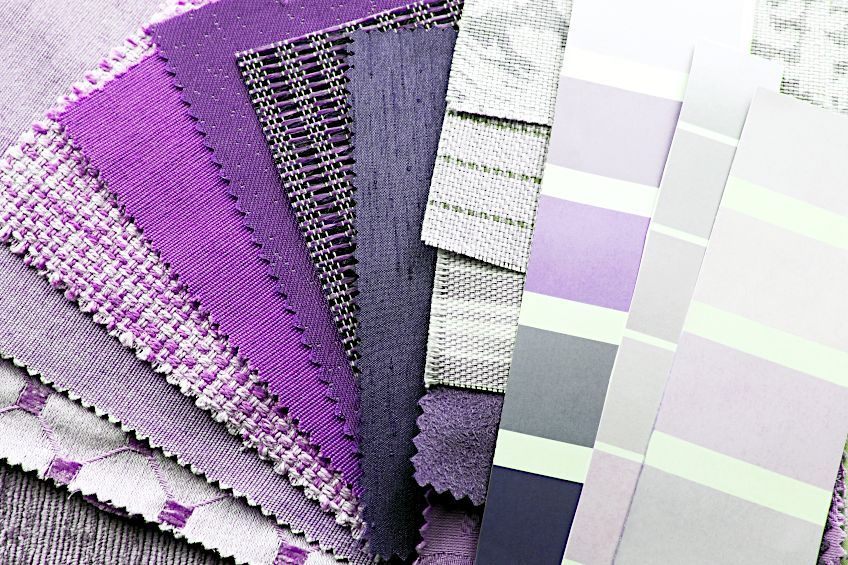
Frequently Asked Questions
What Color Does Red and Blue Make?
To put it simply, there are different systems used to create colors, one is through light, which is an additive system so red and blue make magenta. When it comes to paints, dyes, and inks, red and blue make purple, which uses a subtractive system.
Why Is Purple Connected With Wealth?
Purple has a strong connection to wealth as well as royalty since, in ancient times, the dye that was used to color fabrics was extremely expensive as well as rare, and could only be afforded by those who were wealthy and those from royalty.
What Is an Additive Color System?
This is the process of adding or mixing colors of light, for example, if you combine red and blue light in equal proportions, you will create magenta. So, when combining all the colors, you will get white light.
What Is a Subtractive Color System?
This color system deals with things like pigments and dyes, where certain colors are absorbed, and others reflected. For example, the CMYK color model for printing, which involves cyan, magenta, yellow, and black ink, is a subtractive color model.
In 2005, Charlene completed her Wellness Diplomas in Therapeutic Aromatherapy and Reflexology from the International School of Reflexology and Meridian Therapy. She worked for a company offering corporate wellness programs for a couple of years, before opening up her own therapy practice. It was in 2015 that a friend, who was a digital marketer, asked her to join her company as a content creator, and this is where she found her excitement for writing.
Since joining the content writing world, she has gained a lot of experience over the years writing on a diverse selection of topics, from beauty, health, wellness, travel, and more. Due to various circumstances, she had to close her therapy practice and is now a full-time freelance writer. Being a creative person, she could not pass up the opportunity to contribute to the Art in Context team, where is was in her element, writing about a variety of art and craft topics. Contributing articles for over three years now, her knowledge in this area has grown, and she has gotten to explore her creativity and improve her research and writing skills.
Charlene Lewis has been working for artincontext.org since the relaunch in 2020. She is an experienced writer and mainly focuses on the topics of color theory, painting and drawing.
Learn more about Charlene Lewis and the Art in Context Team.
Cite this Article
Charlene, Lewis, “What Color Does Red and Blue Make? – Color Mixing Guide.” Art in Context. November 13, 2022. URL: https://artincontext.org/what-color-does-red-and-blue-make/
Lewis, C. (2022, 13 November). What Color Does Red and Blue Make? – Color Mixing Guide. Art in Context. https://artincontext.org/what-color-does-red-and-blue-make/
Lewis, Charlene. “What Color Does Red and Blue Make? – Color Mixing Guide.” Art in Context, November 13, 2022. https://artincontext.org/what-color-does-red-and-blue-make/.




